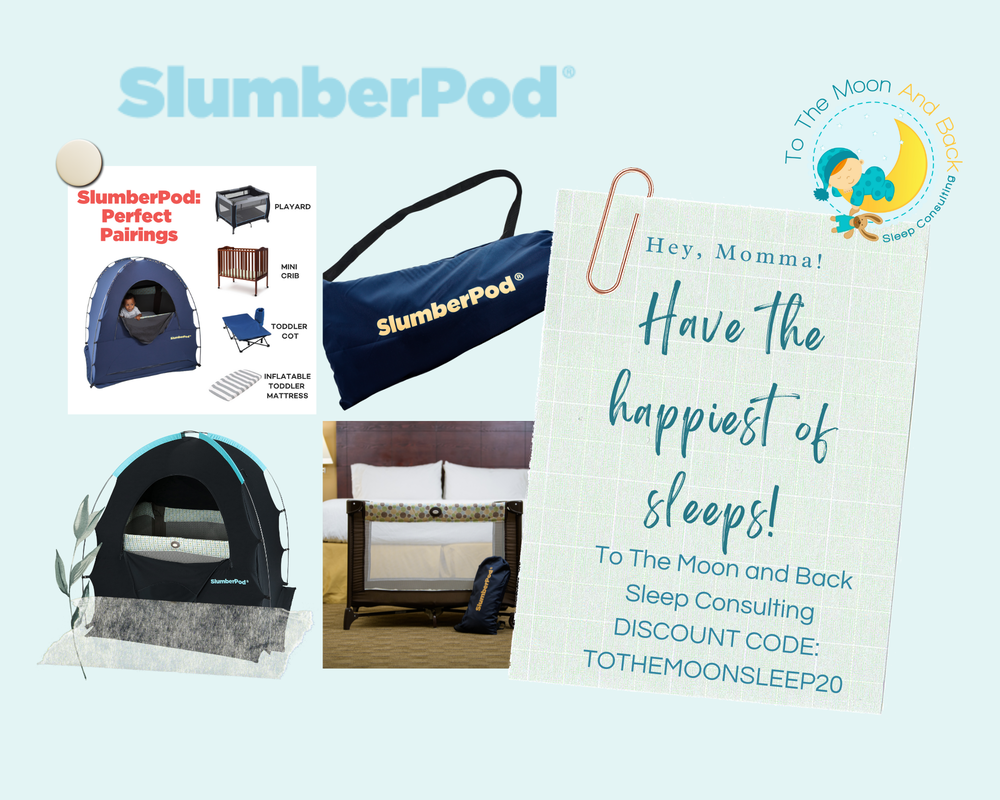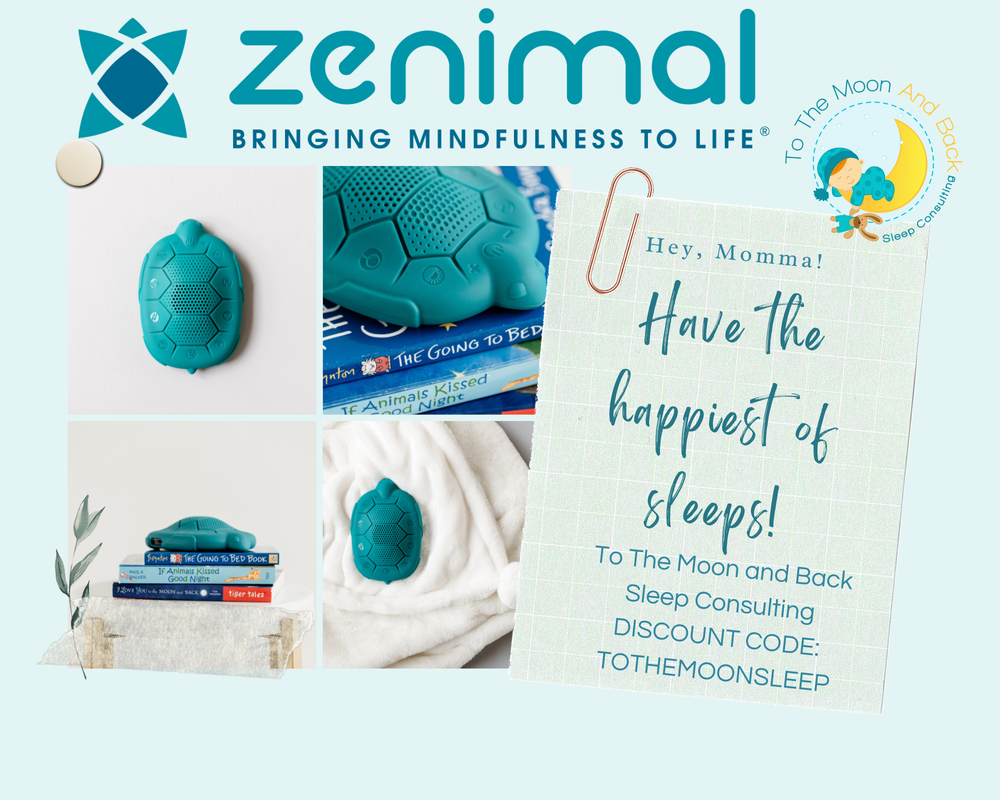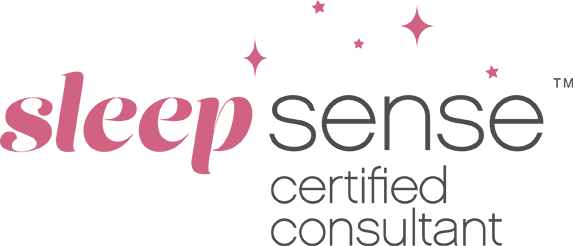|
If you plan on having kids, you should pencil in a few accessories into the budget. A crib, a stroller, and a high chair are all mandatory when bringing home a new baby. And, of course, you’re going to need a baby monitor. I honestly don’t think I’ve worked with a family without a pretty sophisticated baby monitor set up in the nursery. These days, they fall right alongside those other items as “essential” baby equipment. And hey, not for no good reason, right? Baby monitors, even the most basic ones, provide some much-needed peace of mind for parents when they’re not in the room with their little ones. Unfortunately, they’re a bit of a double-edged sword because, for all the peace of mind they can provide and have the exact opposite effect. I often see parents running into their baby’s room the moment they hear the slightest peep out of the monitor. They check to make sure baby’s in a comfortable position, they check their temperature to make sure they’re not too hot or too cold, they check their diaper to see if they might need a change, and after they’ve confirmed that everything’s as it should be, they head back out of the room, sit down for a few minutes until they hear another rustle come through the speaker, and then they’re back in action, repeating the whole process. Seriously. I’ve seen it happen with more than a few families. And I assure you, I’m not exaggerating even a little bit! Now, if you’re reading this and thinking, “What’s so strange about that?” then it’s possible that you are, in fact, addicted to your baby monitor. Interesting little side note here, did you know that the first baby monitor was invented back in 1937 as a result of the infamous Lindbergh baby kidnapping? It’s true! Eugene MacDonald, then president of Zenith (a familiar name in electronics for all of us old-timers), heard about the incident and commissioned designer Isamu Noguchi to create a radio device to transmit sound from the baby’s room to a receiver elsewhere in the house. Good luck snatching a baby out of their crib now, you stupid kidnappers. Over the years, monitors have become increasingly sophisticated. First, they switched from radio to digital signals, did away with the wires, and added two-way communication so parents could speak to their babies as well as hear them; then came the video monitors, wi-fi capability for better picture and sound, and now, now they can monitor a baby’s heart rate, oxygen levels, movements, breathing, sleeping position, even whether or not baby’s got a wet diaper. And therein lies the problem. On the one hand, I think it’s great that we have the technology to monitor our baby’s vital signs and make sure they’re not in a dangerous sleeping position. On the other hand, it’s not exactly good for your mental wellness or your baby’s sleep if you’re in a state of hyper-vigilance throughout the night and rushing in to “fix” things every time baby fusses a little, or the temperature in the nursery rises by a half a degree. Now, I know the absolutely gut-wrenching anxiety that parents have about keeping their little ones safe. There’s absolutely no instinct in the world more powerful than the desire to protect your kids. Still, there’s a big difference between exercising due care and obsessing over unnecessary details. Bear in mind that baby monitors have not proven to be effective in reducing the incidence of SIDS. Bear in mind that baby monitors have not proven to be effective in reducing the incidence of SIDS, so even with the millions, probably billions of these machines in nurseries around the world, they haven’t really done anything to prevent the one major catastrophe that parents are desperately trying to avoid. Again, I don’t want to discourage the use of a monitor. But if you’re going to use one, remember what they were designed for. They’re for peace of mind and to inform you of a potential emergency, not to act as a call button demanding immediate attention every time you hear your baby stirring at night. Allowing them to fall back to sleep when they wake up in the night is important and actually essential if you want them to learn the skills they need to enjoy nights of restful, rejuvenating sleep regularly. If you want to minimize the potential for SIDS, injuries, or other nighttime mishaps, check out the American Academy of Pediatrics guide to safe sleep. You’ll find some incredibly valuable information there. Most notably, put your baby on their back to sleep, keep the crib clear of any possible airway obstructions, don’t smoke, breastfeed if possible, and use a firm mattress and a tightly secured fitted sheet. That will go a lot further toward keeping your baby safe than even the most technologically advanced baby monitor ever could. In short, if your baby monitor gives you peace of mind, keep using it. However, it’s time to make a change if it’s stressing you out. Ready to make a change for your family? I can help you teach your baby or toddler independent sleep skills so they have control over their own sleep so they are sleeping peacefully through the night and napping like a champ. All while supporting you, mom, to gain peace of mind around baby's ability to sleep well and letting go of the baby monitor addiction. Book Your Free 20-minute Sleep Evaluation Call now and lets chat about what's going on in your family and how I can help. AuthorErin Neri - Certified Pediatric Sleep Consultant and Owner of To The Moon and Back Sleep Consulting since 2016. |
To The Moon and Back Sleep ConsultingProviding families the tools & support they need to get their little ones sleeping through the night and napping like champs! Everyone has more fun when they are well rested! Visit Wollino - Discount Code: TOTHEMOONANDBACK10
Browse
All
|
All information provided on this website, including texts, images, and other materials, are for informational purposes only and should not be considered a replacement for assessment or treatment by a healthcare provider.
© COPYRIGHT 2016-2024 TO THE MOON AND BACK SLEEP CONSULTING. ALL RIGHTS RESERVED. WAKING GIRL WEB DESIGN
© COPYRIGHT 2016-2024 TO THE MOON AND BACK SLEEP CONSULTING. ALL RIGHTS RESERVED. WAKING GIRL WEB DESIGN

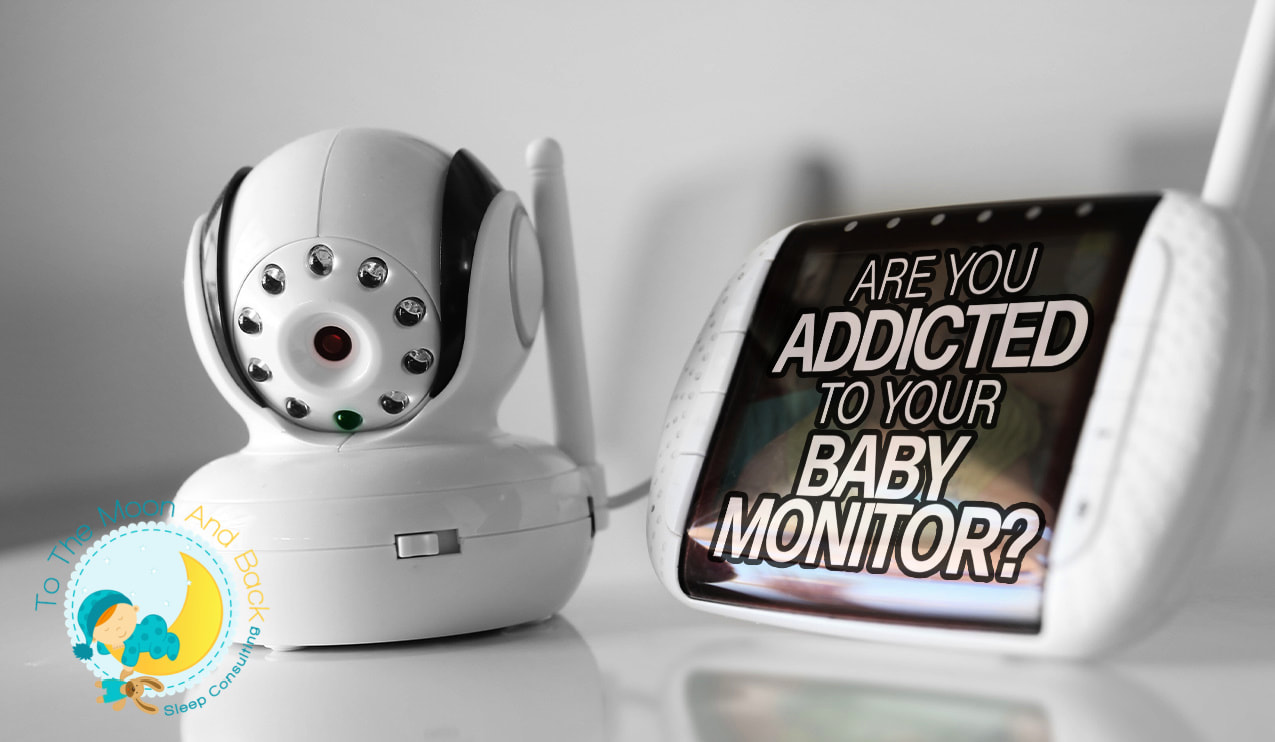

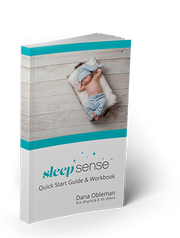



 RSS Feed
RSS Feed
